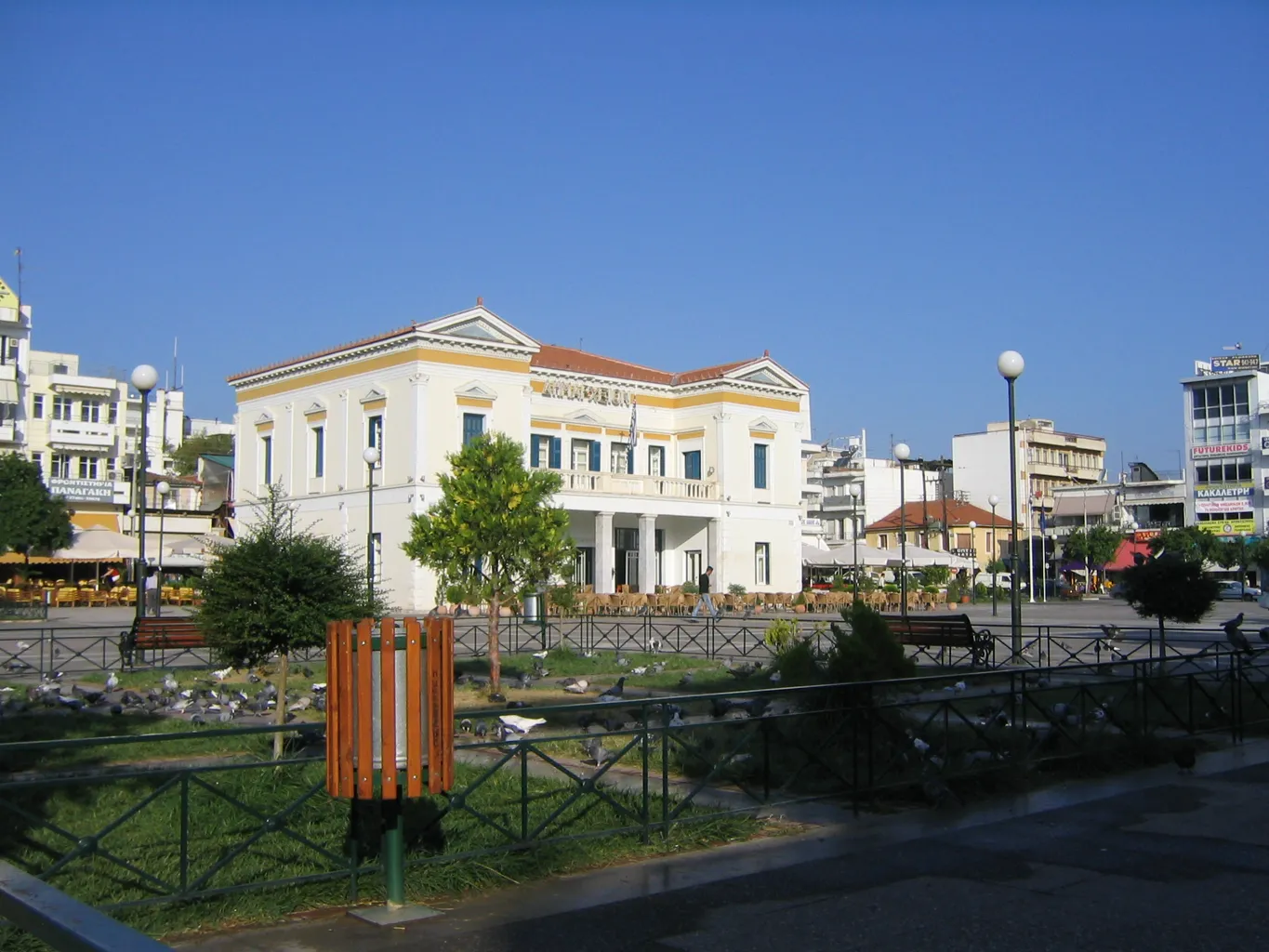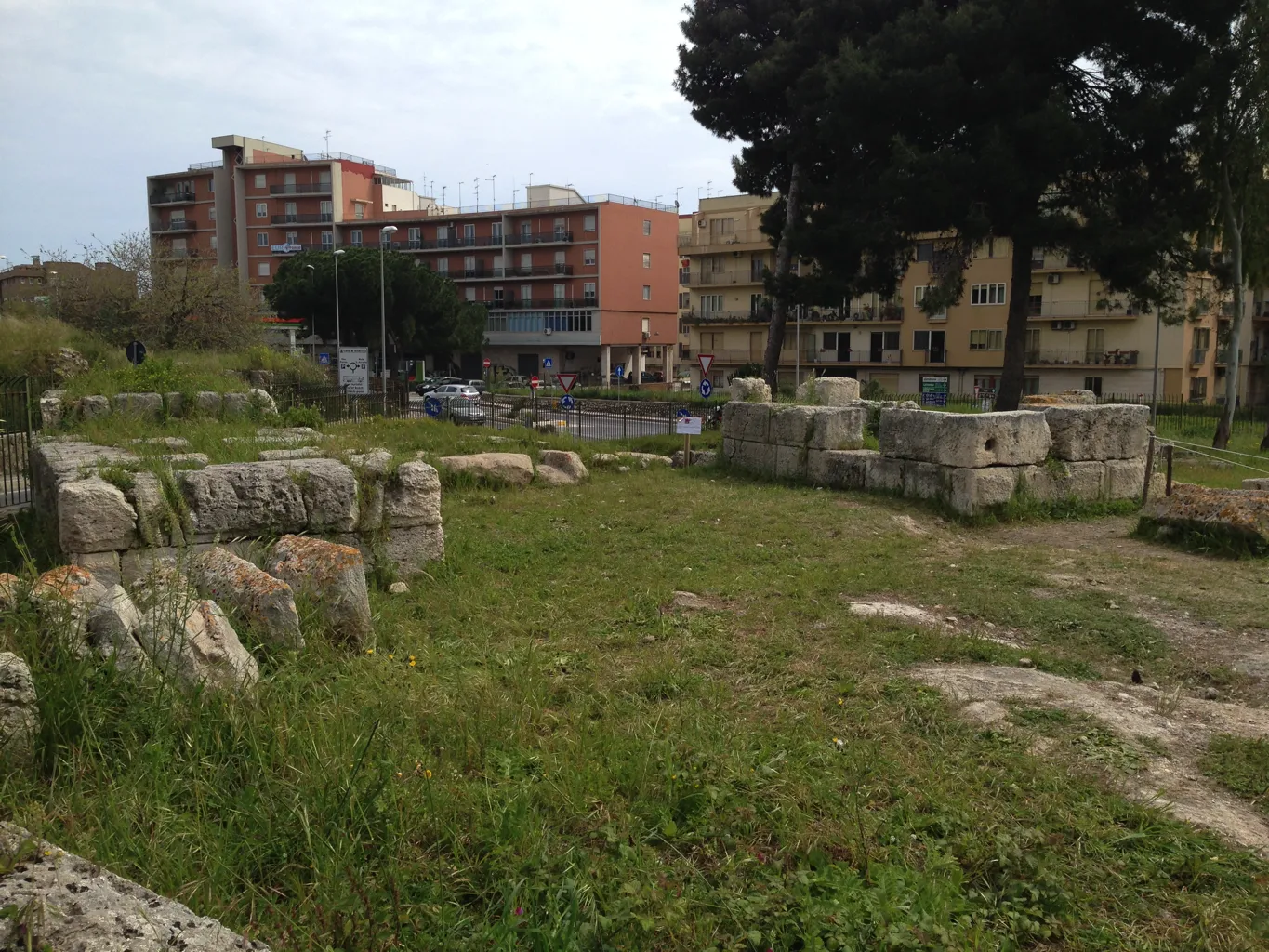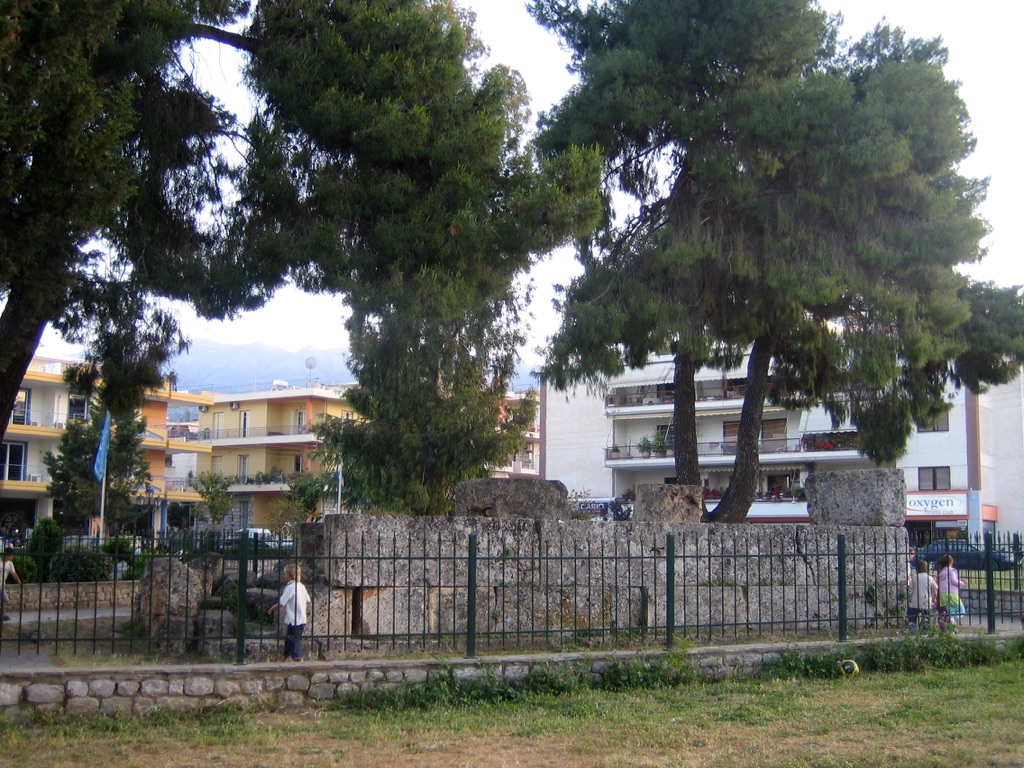The Tomb of Leonidas, also known as the Leonidaion, is a significant historical site associated with the ancient Greek city-state of Sparta and its legendary king, Leonidas I. Known for his leadership during the Battle of Thermopylae in 480 BC, Leonidas became a symbol of courage and sacrifice. The tomb is said to be his final resting place, and it has attracted attention for its historical and cultural importance. Over time, the site has become a place of commemoration and a symbol of Spartan valor.
Get your dose of History via Email
Historical Background of the Tomb of Leonidas
The Tomb of Leonidas, located in the ancient city of Sparta, was likely known throughout history, although its accessibility may have varied. The exact details of its initial discovery are not well-documented, with some sources suggesting a formal uncovering in the 5th century AD. The tomb is attributed to Leonidas I, who reigned as king of Sparta from about 490 BC until his death at Thermopylae. The Spartans built the tomb to honor their fallen king, who became a heroic figure in Greek history.
Leonidas’s heroism at Thermopylae, where he and his 300 Spartans faced the vast Persian army, has been celebrated for centuries. The tomb became a site of memory and veneration, reflecting the Spartan values of bravery and sacrifice. Although the tomb’s original structure has not survived intact, it has been the focus of archaeological interest over the years.
Throughout history, the site has seen various uses and reconstructions. During the Roman period, the tomb was part of a larger sanctuary that included a temple and a theater. The site was rediscovered in modern times and has since been the subject of archaeological excavations and research.

The tomb’s significance extends beyond its association with Leonidas. It represents the broader history of Sparta and its role in the Greco-Persian Wars. The site has also been linked to later cultural and historical narratives, serving as a symbol of resistance and a source of inspiration for various artistic and literary works.
Today, the Tomb of Leonidas stands as a testament to the enduring legacy of the Spartan king and the city-state he represented. It continues to be a point of interest for historians, archaeologists, and tourists alike, who are drawn to its historical resonance and the legendary figure it commemorates.
About the Tomb of Leonidas
The Tomb of Leonidas, situated near the center of ancient Sparta, is a modest structure compared to grander tombs of other ancient leaders. Its simplicity reflects the austere lifestyle that Sparta was famous for. The tomb consists of a small mound, which is believed to cover the remains of the Spartan king and his fallen warriors.
The tomb is mostly in ruins, and therefore it is not possible to go inside.
It is constructed from local stone, and the tomb’s design is typical of the period, with a focus on functionality rather than elaborate decoration. The mound is surrounded by a peribolos, a rectangular enclosure wall, which delineates the sacred area. This was a common feature in Greek sanctuaries and burial sites.
Archaeological excavations have revealed that the site underwent changes over time. The original tomb may have been more elaborate, but subsequent reconstructions and the passage of time have resulted in the simpler form seen today. The site also includes a small altar, where offerings could be made to honor the dead.
The architectural highlights of the tomb are not in its structure but in its historical significance. The tomb’s location and the artifacts found within and around it provide valuable insights into ancient Spartan burial practices and their reverence for their king.

Hero Cult
The continued veneration of Leonidas at the tomb hints at the presence of a “hero cult” in ancient Greece. Hero cults were a widespread practice where deceased individuals, often warriors or founders, were venerated and believed to hold power in the afterlife. Offerings and rituals at the tomb likely formed part of this hero cult, honoring Leonidas’ memory and potentially seeking his favor or protection.
Theories and Interpretations
The Tomb of Leonidas has been the subject of various theories and interpretations over the years. Some historians have questioned whether the tomb truly holds the remains of Leonidas, given the lack of definitive archaeological evidence. However, the traditional identification of the site with Leonidas is strong, and it is widely accepted as his burial place.
There are also theories about the use of the site before and after the period of Leonidas. Some suggest that the tomb may have been part of a larger religious or ceremonial complex, which could explain the presence of the nearby temple and theater.
The interpretation of artifacts found at the site has provided insights into Spartan society and its funerary customs. The offerings and objects discovered suggest a continued veneration of Leonidas and the fallen Spartans, possibly as part of a hero cult.
Dating the tomb has been challenging due to the lack of organic material suitable for radiocarbon dating. However, the style of the construction and the artifacts found suggest a date consistent with the period of Leonidas’s reign and death.
At a glance
Country: Greece
Civilization: Ancient Sparta
Age: Circa 5th century BC
Conclusion and Sources
Reputable sources used in the creation of this article include:
- Wikipedia: https://en.wikipedia.org/wiki/Leonidas_I
- Britannica: https://www.britannica.com/biography/Leonidas-king-of-Sparta



Exceptionally valuable piece of archaelogical as well as historical information.